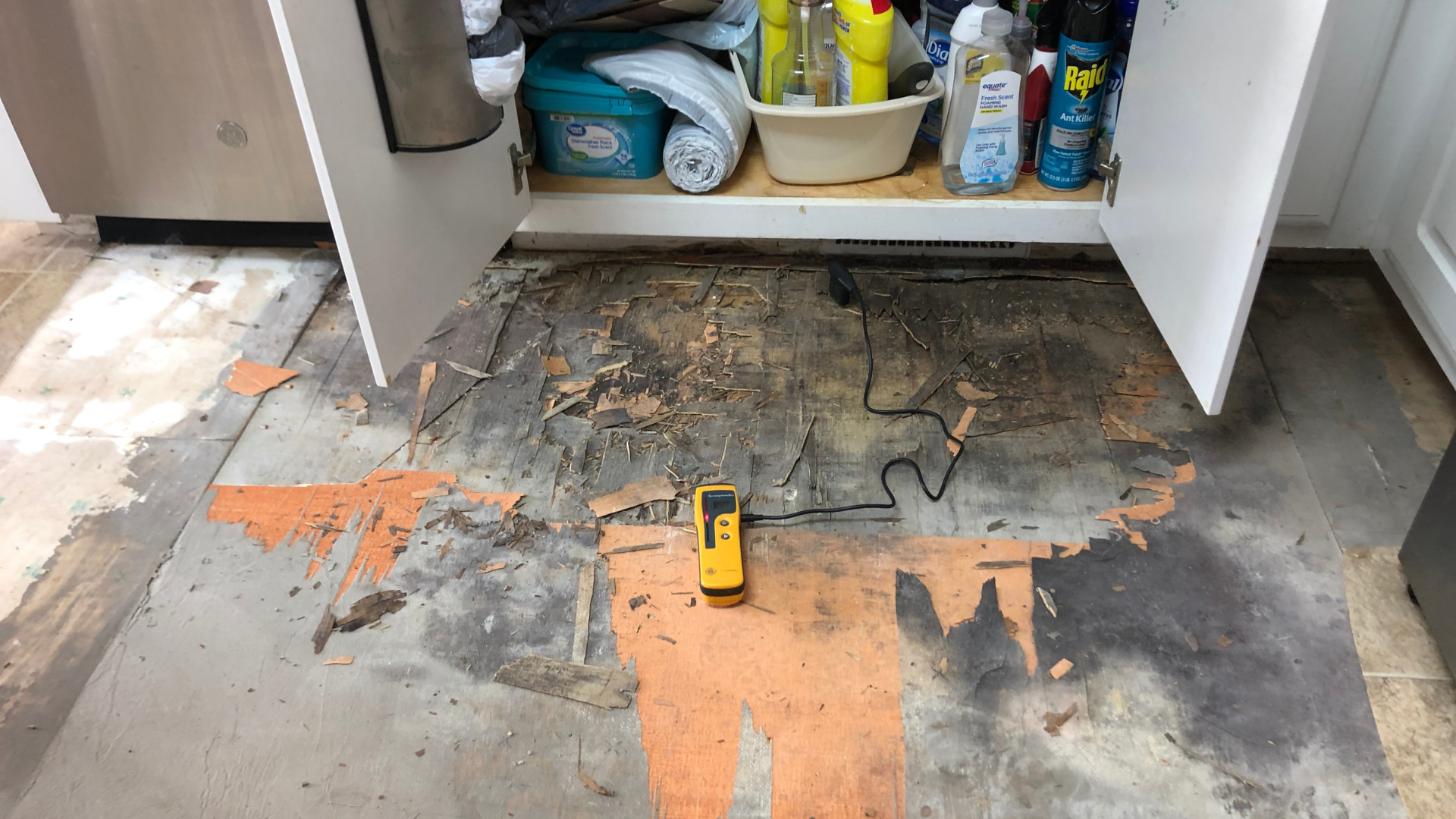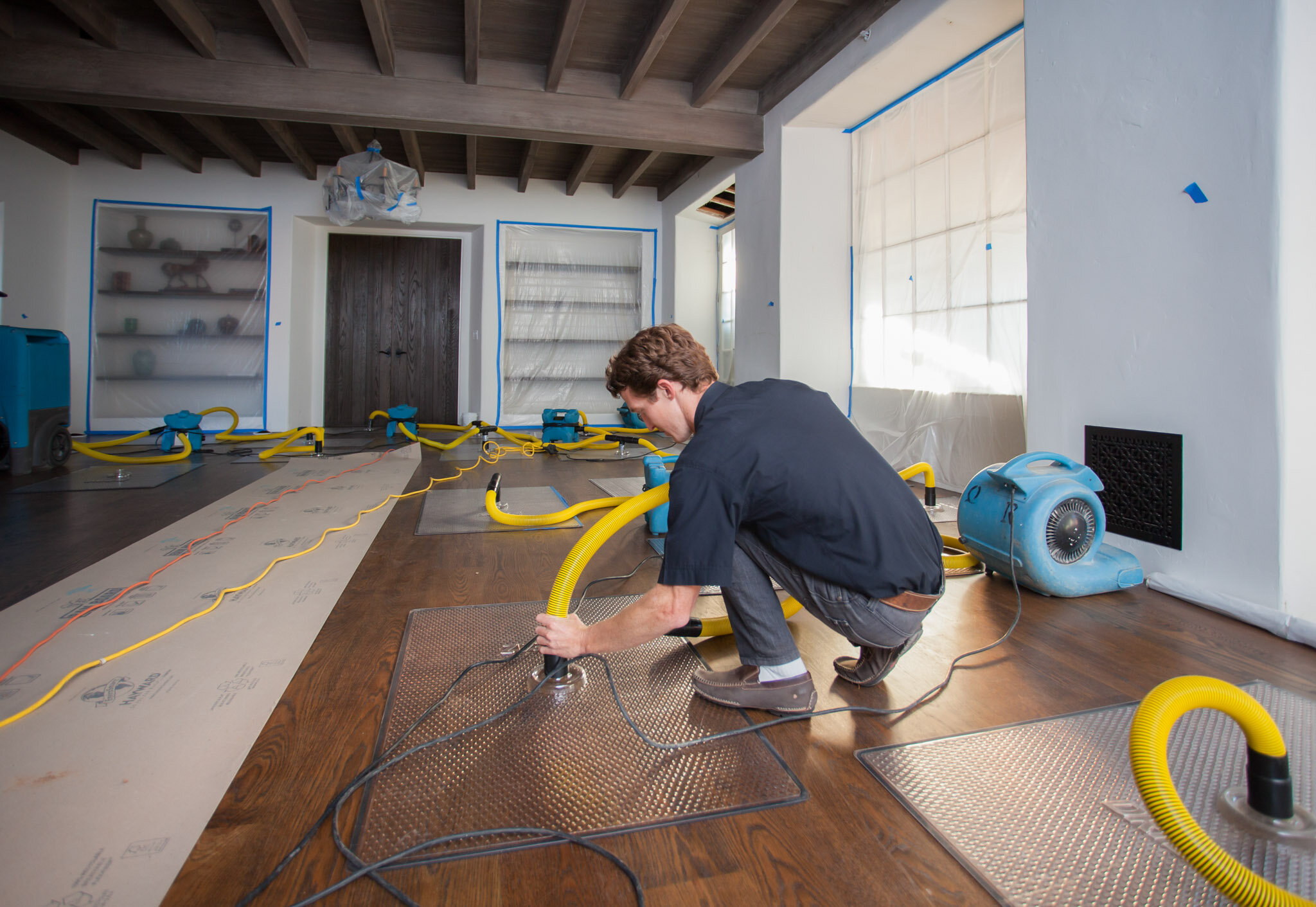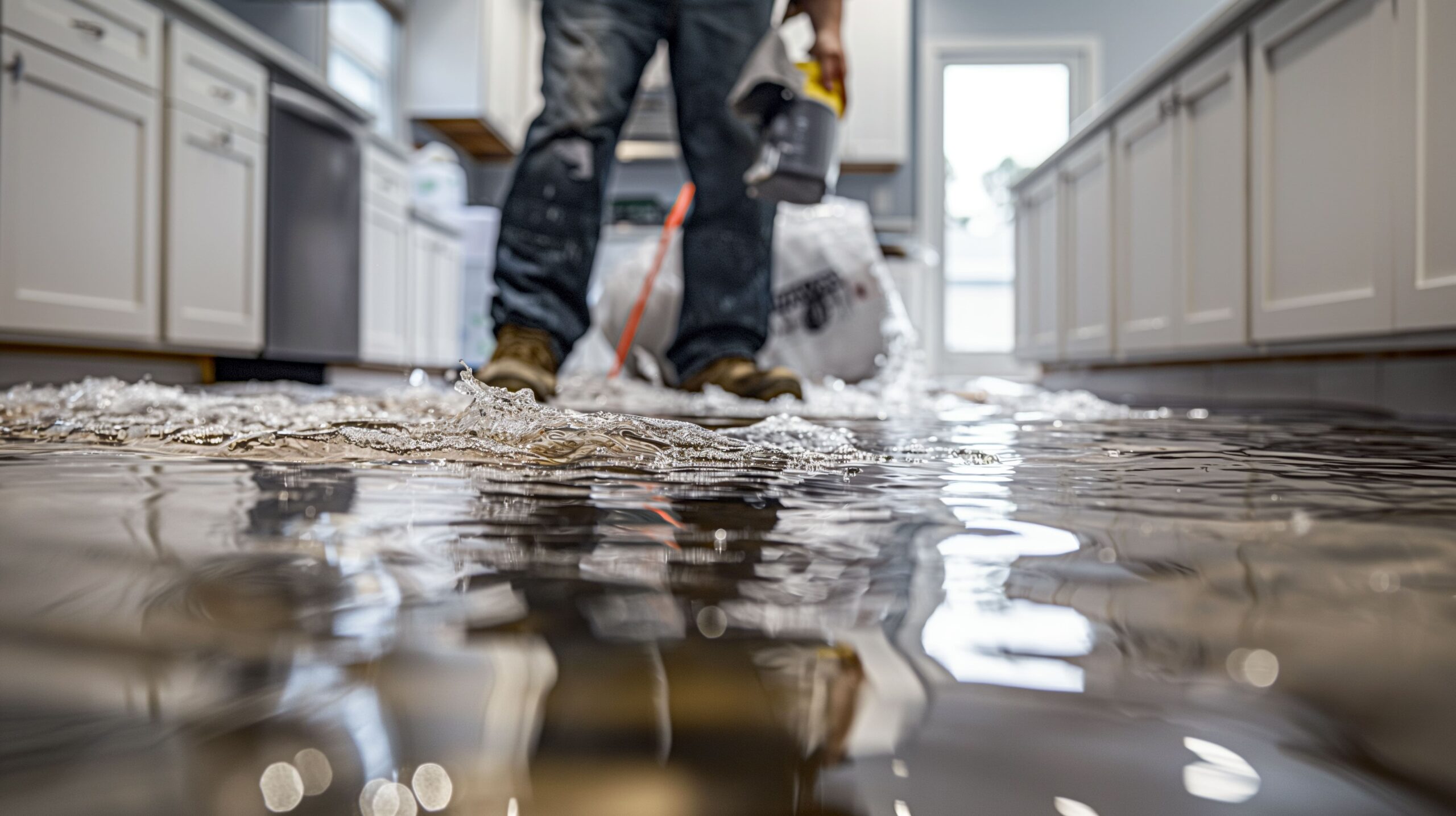Common mistakes to steer clear of when booking Water Damage Restoration services
Water Damage Restoration 101: Understanding the Process and Cost
Water damage can strike all of a sudden, leaving house owners in a state of confusion. Comprehending the reconstruction process is important for reliable healing. From examining the damage to selecting the best company, each action affects the total result and expense. Elements such as the sort of water damage and seriousness also play a considerable role. What are the details methods made use of in remediation, and just how can one prepare for potential expenses?
Sorts Of Water Damage

Initial Assessment and Inspection

Water Removal Methods
Following the first evaluation, reliable water removal techniques are used to alleviate damage and avoid further problems. These techniques entail the use of specialized devices such as submersible pumps and industrial-grade vacuum cleaners - Water Damage Restoration. The selection of technique depends upon the quantity of water existing and the type of materials influenced. For standing water, completely submersible pumps are generally made use of for rapid removal, while vacuum cleaners are excellent for extracting water from rugs and furniture. Additionally, progressed techniques like water extraction floor coverings may be used for hard-to-reach locations - Flood Cleanup Services. The objective is to remove as much water as feasible, lessening the capacity for mold and mildew growth and structural damage. Prompt and efficient water removal is essential in the total water damage remediation process
Drying and Dehumidification Process
When the water removal is total, the drying out and dehumidification process comes to be crucial to restoring the afflicted area. This phase normally uses industrial-grade dehumidifiers and air moving companies to properly lower dampness degrees. The dehumidifiers attract in wet air, removing excess moisture, while air moving companies distribute air to increase dissipation. Surveillance devices is often used to track moisture and temperature level levels, making certain ideal drying out problems. The duration of this procedure can vary depending on the degree of the water damage and ecological variables. It is vital to completely completely dry all affected products, consisting of walls, flooring, and home furnishings, to avoid mold and mildew growth and structural damage. Correct implementation of this step is crucial for an effective remediation outcome.
Cleansing and Sterilizing Afflicted Areas
A detailed first analysis and evaluation of influenced locations is important to identify contamination degrees as soon as the drying out process is complete. Water Damage Restoration. Reliable cleansing methods and proper items must then be utilized to eliminate debris and spots. Finally, sanitization and sanitation methods are vital to guarantee that damaging virus are eliminated, bring back the room to a safe condition
First Evaluation and Inspection
Prior to beginning any kind of reconstruction initiatives, a detailed preliminary assessment and examination of the influenced locations are important for reliable cleaning and sanitizing. This procedure involves recognizing the level of water damage, identifying the resource of the water breach, and assessing the materials impacted. Assessors normally look for indications of mold and mildew development, structural stability problems, and damaged items. The analysis likewise consists of checking moisture degrees using specific tools to guarantee no concealed water pockets continue to be, as these can cause further issues. Recording the findings is essential for planning the next action in the remediation procedure. A thorough initial evaluation makes it possible for remediation experts to design a targeted method for efficient cleaning and sterilizing, inevitably minimizing damage and health and wellness dangers.
Cleansing Methods and Products
Efficient cleaning and sanitizing of water-damaged locations call for a range of strategies and items customized to the particular materials impacted. For permeable surface areas like drywall and carpets, removal methods are important to remove excess moisture, adhered to by deep cleaning with specialized detergents. Non-porous materials such as ceramic tile or steel can be cleaned up making use of commercial-grade cleansers that effectively remove contaminants. Steam cleansing is an additional effective technique, particularly for carpets and upholstery, as it makes use of high temperature levels to get rid of microorganisms and mold and mildew (Water Damage Restoration). Furthermore, environmentally friendly items are progressively popular for their safety and security and effectiveness - Water Extraction And Drying. Eventually, choosing the proper cleansing methods and products not only guarantees immediate cleanliness but also aids in avoiding additional damage and health and wellness dangers connected with water invasion
Sanitization and Disinfection Approaches
When addressing water damage, proper sanitization and disinfection techniques are important to assure the safety and health and wellness of the damaged setting. After initial cleansing, surfaces should be treated with ideal anti-bacterials to eliminate virus, mold, and germs that thrive in wet conditions. Usual techniques consist of making use of EPA-approved chemical anti-bacterials, which can be applied with splashing or wiping techniques. Furthermore, ultraviolet (UV) light systems can properly sanitize areas by neutralizing bacteria without extreme chemicals. The selection of method typically relies on the kind of products affected and the extent of contamination. Ultimately, comprehensive sanitization not only restores a safe home however additionally helps stop future health dangers related to lingering wetness and mold development.

Repairs and Restoration Options
Evaluating the damage triggered by water direct exposure is vital for figuring out the ideal repairs and repair alternatives. Homeowners might deal with different problems, including damaged drywall, warped flooring, and compromised structural elements. Depending on the level of the damage, fixings may involve replacing sections of drywall, setting up brand-new floor covering, or enhancing architectural light beams. In instances of severe damage, complete substitute of afflicted materials may be needed. In addition, specialist conservators usually advise utilizing dampness meters to analyze hidden moisture levels prior to selecting the most effective course of action. It is very important to act promptly to stop mold and mildew development and further degeneration. Choosing the appropriate choices not only restores the building however additionally guarantees long-lasting safety and performance.
Elements Influencing Restoration Expenses

The level of water damage directly impacts the repair costs home owners can expect to sustain. Factors such as the source of the water, the period of direct exposure, and the affected materials significantly affect pricing. For instance, tidy water damage from a busted pipe is usually less expensive to restore compared to damage created by sewage. Furthermore, the degree of contamination determines the need for specialized cleaning and click for more disposal services, better increasing costs. Geographical area additionally plays a role, as regional labor rates and accessibility of remediation solutions can differ. The urgency of the reaction impacts prices; quicker treatments generally lead to reduce general expenditures by stopping more damage. Recognizing these factors is vital for home owners when approximating reconstruction expenses.
The 3 main kinds of water damage are classified based on contamination levels: clean water, gray water, and black water. An extensive first evaluation and inspection are important steps in the water damage repair process. For standing water, completely submersible pumps are commonly utilized for quick elimination, while vacuums are optimal for drawing out water from carpets and furniture. The level of water damage directly influences the repair sets you back property owners can expect to sustain. Clean water damage from a busted pipe is usually less costly to recover compared to damage created by sewer.